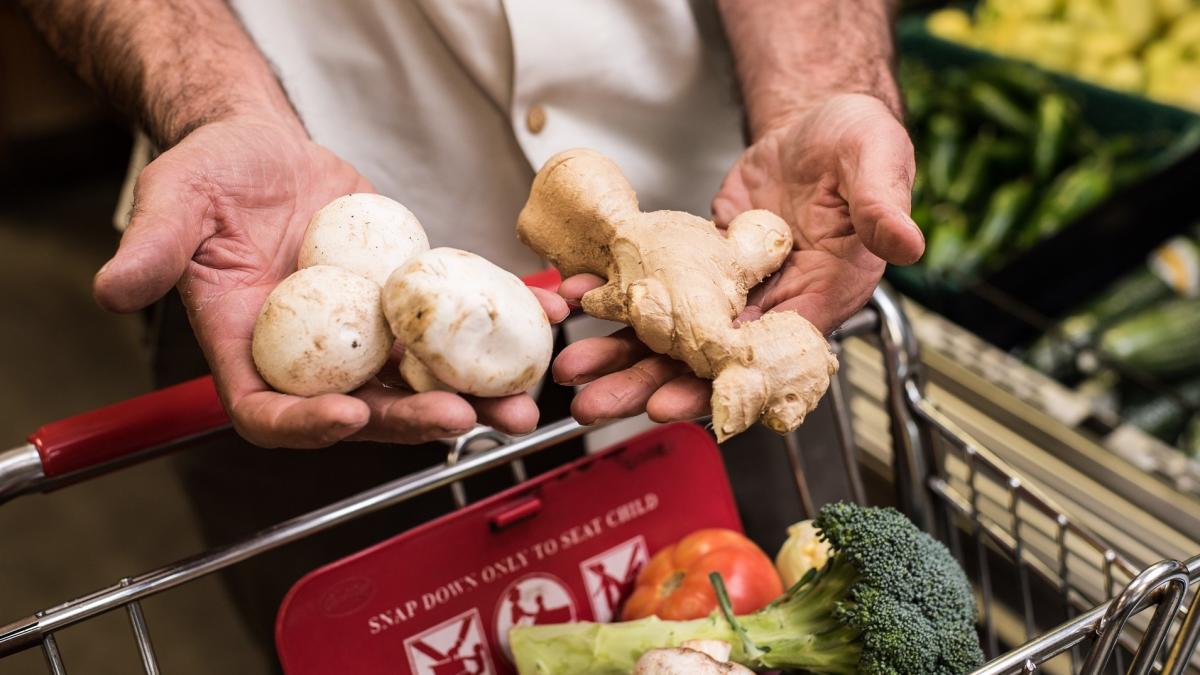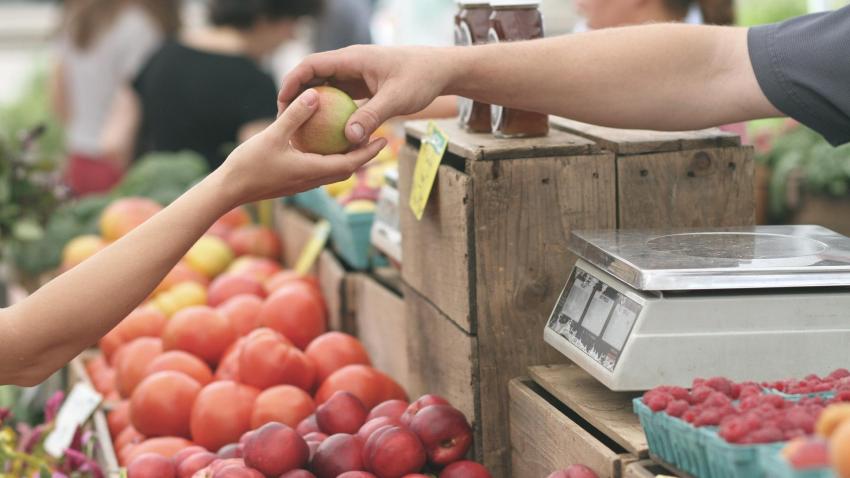You are here
Back to topGlobal Fresh Produce Sector Facing Challenges

The Global Coalition of Fresh Produce recently published a report highlighting multiple concerns regarding the status of the world’s fresh produce industry. The report aims to draw the attention of policymakers so that they can take action to resolve the current issues. National and international institutions are encouraged to implement measures to safeguard the supply of fresh fruits and vegetables to consumers worldwide. “First and foremost, governments and international bodies across the globe should recognize fruits and vegetables as essential goods,” said Robert Guenther, chief public policy officer for the International Fresh Produce Association, a member of the GCFP. In his opinion, with this being done, other measures should follow on a solid basis.
An engine of health, environmental sustainability and economic growth
Needless to say, fresh produce brings an array of health benefits — a diet rich in vegetables and fruits can lower blood pressure, reduce the risk of heart disease and stroke, prevent some types of cancer, and lower the incidence of eye and digestive problems, to name just a few. According to the GCFP, improving diets by increasing the intake of fruits and vegetables could save one in five lives annually. In addition, fresh produce has a much lower environmental footprint than other foods, primarily in terms of greenhouse gas emissions and land and water use. Scientific studies cited by the GCFP indicate that the production of one kilogram of citrus fruits leads to the emission of 0.4 kilograms of CO2 equivalents, whereas producing one kilogram of beef emits 99.5 kilograms of greenhouse gases — almost 250 times more. Last but not least, the produce industry creates numerous employment and income opportunities for workers and entrepreneurs, which is especially important for developing countries.
Hardships deepen since start of pandemic
According to the GCFP, the fresh produce sector has shown great resilience during the pandemic, but there remain numerous issues that have been exacerbated over the past three years. These include cost increases, transportation inefficiencies and delays, labor shortages, dwindling consumer purchasing power, and obstacles to international trade, among others.
Shortages and soaring costs of inputs
All over the world, growers have experienced insufficient availability and increasing costs of production essentials — from fertilizers to crop protection products, pallets and cardboard boxes, not to mention the skyrocketing electricity prices caused by the geopolitical confrontation involving Russia. According to the report, the cost of a wooden pallet in Europe quadrupled from 4 euros in 2021 to 16 euros in 2022, while fertilizer prices in the United States increased by 150–300% year on year in 2021.
Costliness and inefficiency of logistics
Operators in the global fruit and vegetable trade have seen an unprecedented increase in container prices. According to the GCFP’s estimates, the price of shipping containers has soared by up to 400% globally over the past year. Meanwhile, the costs associated with road, sea and air freight have spiked as well. Multiple cases of port congestion and delays have led to significant economic losses with the number of court cases growing. As a case in point, a lack of communication between the carrier, the Port of Philadelphia and Chilean grape exporters regarding congestion at the port in 2022 is reported to have resulted in damages costing $120 million.
Critically limited workforce
The reasons why people refuse to work in agriculture vary, but common reasons include that farm labor is physically demanding and wages are relatively low. Some farm owners solve this issue by hiring temporary workers — as in the case of Poland, which heavily relied on seasonal workers from Ukraine — however, it has recently become increasingly difficult to find such workers. On the other side of the world, in New Zealand, 10,000 vacancies for agricultural jobs were registered as unfilled in 2022. This problem is global in scope, and it applies not only to farm workers but also to truck drivers, who tend to choose less urgent, non-refrigerated loads, rather than time-sensitive and temperature-controlled fresh produce consignments.
Shrinking consumer purchasing power
As consumers have been forced to start spending more on heating, electricity and transportation, the money left for buying fresh fruits and vegetables has decreased considerably. The GCFP predicts that in both developed and developing countries consumers may turn to cheaper, more calorie-dense foods, which means less healthy foods. In the long term, a dietary shift away from fresh produce may lead to deterioration of a nation’s health.
Barriers to international trade
To protect domestic producers, some countries are considered to impose excessively strict requirements for fruit and vegetable imports. Nearly 40% of fruit exporters in the Southern Hemisphere claim that protectionism — in the form of disproportionate phytosanitary or other non-tariff barriers — is hindering their operations. The problem seems to be particularly acute for developing countries, where the lack of infrastructure often leads to incompliance.
Call for solutions
The GCFP insists that the current challenges threaten the long-term economic viability of the fresh produce sector and appropriate response measures must be taken immediately. The coalition suggests that governments should provide financial support to producers, who are presently shouldering the burden of electricity bills and other high expenses, and that authorities should work toward creating well-paid jobs in the sector as well as introducing efficient transportation routes and priority lanes for perishable goods upon their arrival at ports. The GCFP further called on policymakers to promote the harmonization and mutual recognition of phytosanitary and other entry requirements, as well as encouraging the consumption of fruits and vegetables by establishing information and educational campaigns, especially among young people.
About the Global Coalition of Fresh Produce
The GCFP aims to bring together fresh produce associations from around the world based on a joint vision of creating resilient global value chains for fruits and vegetables. Its members include the International Fresh Produce Association, Freshfel Europe, the Committee Linking Entrepreneurship–Agriculture–Development, the Southern Hemisphere Association of Fresh Fruit Exporters and others.
Image: Pixabay













Add new comment